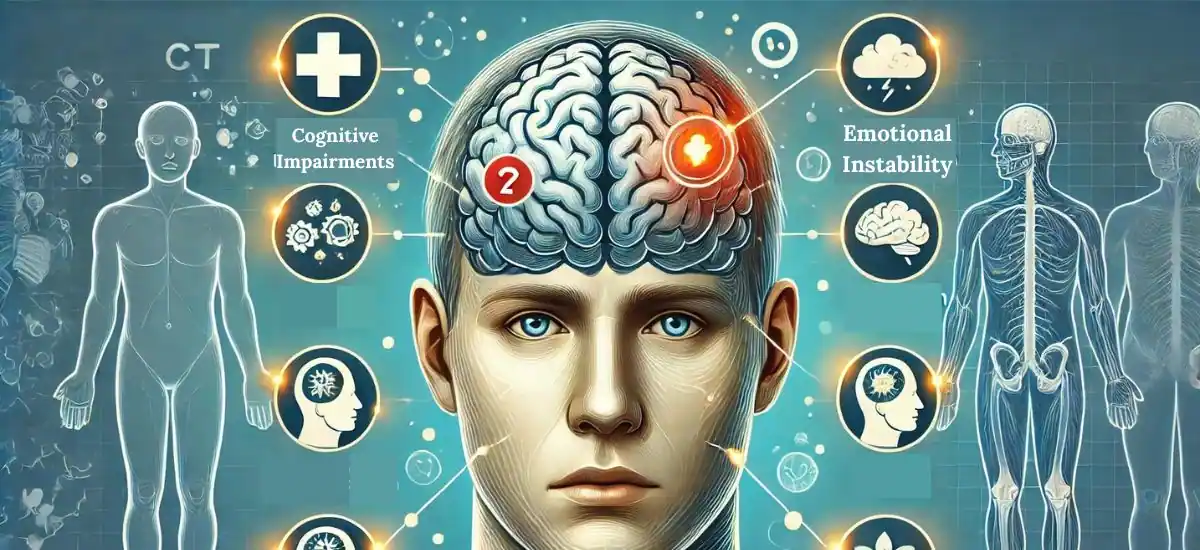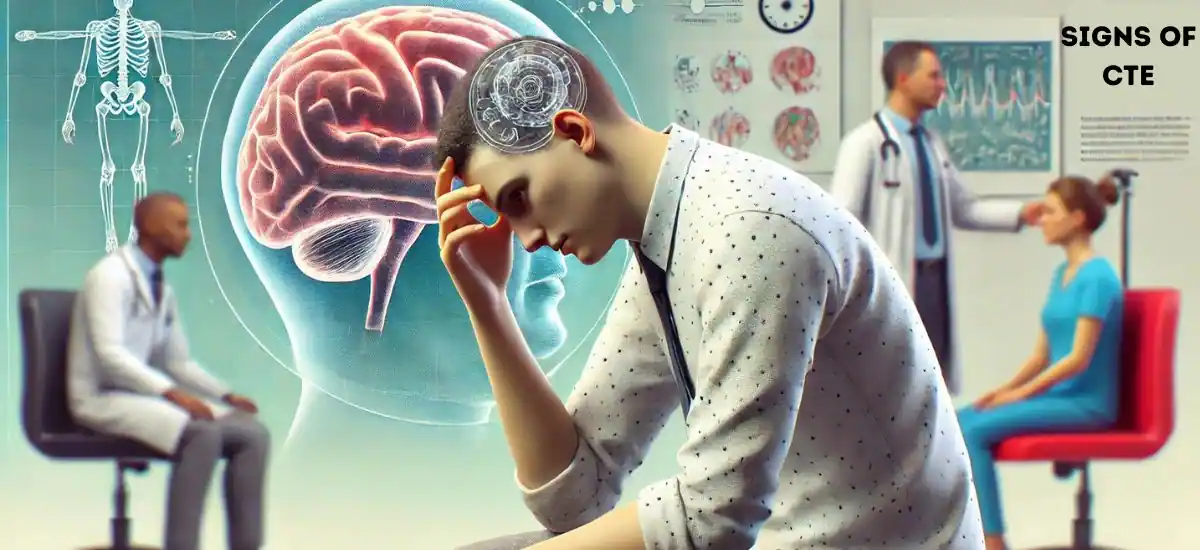Chronic Traumatic Encephalopathy (CTE) is a progressive brain condition associated primarily with repeated head impacts. Recognizing the signs of CTE is crucial for managing its progression and improving quality of life, although definitive diagnosis is currently possible only after death. Early signs include cognitive impairments, such as memory loss and difficulty concentrating, emotional instability, like sudden mood swings, and behavioral changes, such as increased aggression.
As CTE advances, symptoms escalate to severe psychological issues, significant physical deterioration, and profound cognitive decline. Late-stage signs can manifest as severe psychiatric symptoms, including paranoia and suicidal thoughts, and physical limitations like parkinsonism. The signs of CTE encompass a range of symptoms that worsen over time, highlighting the need for increased awareness and research into early detection and management.
Early Symptoms of CTE

The onset of CTE can be subtle and often mistaken for other issues. Here’s what to look out for in the early stages:
- Cognitive Impairments: Struggling with memory lapses or having trouble concentrating? These can be early warning signs.
- Emotional Instability: If you find yourself or someone else swinging from irritable to sad inexplicably, it might be more than just a bad day.
- Behavioral Changes: Acting out of character, such as showing increased aggression or making unusually poor decisions, can also be red flags.
Progressive Symptoms as CTE Advances
As CTE progresses, the symptoms become more pronounced and debilitating:
- Psychological Issues: Experiencing overwhelming depression or anxiety? These can escalate as the condition worsens.
- Physical Deterioration: Trouble with balance or slurred speech are not just signs of aging; they can be linked to advancing CTE.
- Cognitive Decline: When confusion and disorientation become part of daily life, it’s crucial to consider a deeper neurological cause.
Late-Stage Signs of CTE
When CTE reaches its later stages, the signs become severe and life-altering:
- Severe Cognitive Impairment: Advanced memory loss and significant confusion aren’t just challenging; they can disrupt daily functioning and independence.
- Psychiatric Symptoms: More intense psychological changes, such as paranoia, severe depression, or even suicidal thoughts, may emerge as CTE progresses.
- Physical Limitations: Physical symptoms may include parkinsonism features like tremors, muscle stiffness, and difficulty swallowing, which compound the challenge of managing daily activities.
Diagnosing CTE
Diagnosing CTE remains a complex challenge:
- Current Limitations: Currently, CTE can only be definitively diagnosed post-mortem through brain tissue analysis.
- Research and Techniques: Researchers are working on methods for earlier and more accurate diagnoses in living individuals, including advanced imaging techniques and biomarker studies.
Risk Factors and Prevention

Understanding and mitigating risk factors is key to preventing CTE:
- Identifiable Risk Factors: Engaging in contact sports like football, boxing, or hockey, and exposure to blasts or concussions in military settings are known risks.
- Preventive Strategies: Implementing better safety protocols, using protective equipment, and adopting rule changes in sports can help reduce head impacts and concussions.
Current Research and Future Directions
The scientific community is actively pursuing more about CTE:
- Ongoing Studies: Numerous studies aim to better understand the pathology of CTE and how it develops over time.
- Future Prospects: Innovations in brain imaging and molecular biology hold promise for early detection and new treatment approaches.
Frequently Asked Questions
Q1. What are the first signs of CTE?
Ans: Early signs include cognitive impairments, emotional instability, and behavioral changes.
Q2. Can CTE be diagnosed in living patients?
Ans: Currently, CTE can only be definitively diagnosed post-mortem, but research is ongoing to develop diagnostic methods for living patients.
Q3. How can CTE be prevented in athletes and military personnel?
Ans: Prevention involves improving safety equipment, changing game rules to minimize impacts to the head, and better management of concussions.
Conclusion
CTE is a formidable foe, but with increased awareness and ongoing research, there is hope for better management and prevention strategies. Recognizing the signs early and taking preventive measures can make a significant difference in outcomes.


